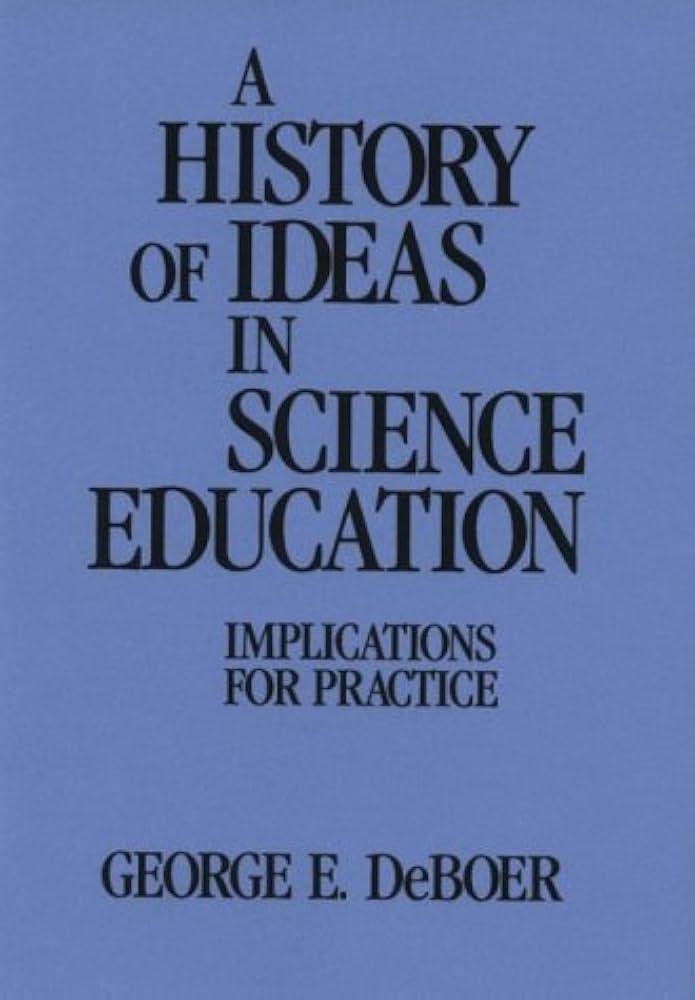In classrooms across the country, lessons on the history of science and religion often paint a simplified picture-one of relentless conflict and irreconcilable opposition. However, the reality is far more complex. “The Myths in Our Midst: On the Teaching of the History of Science and Religion in K-12,” a recent discourse in public education, challenges the widespread misconceptions shaping how young students understand this intricate relationship. As educators and scholars push for a more nuanced approach, the conversation is gaining momentum, calling for a reevaluation of curricula that too often prioritize myth over historical accuracy. This article delves into the emerging debates and explores how reframing these narratives could enrich science and religion education in K-12 settings nationwide.
Common Misconceptions Shaping Science and Religion Education in K-12
Throughout K-12 education, a series of persistent myths continue to blur the lines between science and religion, often framing them as inherently antagonistic. This binary narrative oversimplifies complex historical interactions and contributes to widespread misunderstandings. For instance, many students are taught that scientific progress systematically opposed religious beliefs, ignoring periods of collaboration and mutual influence that shaped early scientific inquiry. Additionally, the misconception that science is purely objective and religion entirely subjective neglects the nuanced ways both have engaged with questions of existence, morality, and the natural world.
Another widespread fallacy is the belief that teaching the history of science must exclude religious contexts to maintain academic neutrality. In reality, omitting religious perspectives distorts the narrative, as key figures in science history were often motivated by their faith traditions. This selective presentation can be addressed by integrating a more balanced curriculum that acknowledges both tensions and synergies. Below is a summary of some common myths versus historical facts that could serve as a foundation for rethinking educational approaches:
| Common Misconception | Historical Reality |
|---|---|
| Religion opposed every scientific advance | Many scientists were devout and saw faith as complementary to discovery |
| Science and religion have always been in conflict | Periods of cooperation, such as Renaissance and medieval scholarship, were significant |
| Religion promotes superstition, science pure reason | Religious traditions often foster philosophical reflection foundational to reasoning |
| History of science should exclude religious influence | Religious motivations shaped many scientific inquiries and education systems |
Examining the Impact of Simplified Narratives on Student Understanding
In classrooms across the country, teachers often resort to simplified narratives when introducing students to the complex interplay between science and religion throughout history. While such storytelling techniques aim to make the material more accessible, they can sometimes foster misconceptions rather than clarity. These reductive approaches tend to frame historical episodes as stark conflicts, ignoring the nuanced dialogues and collaborative advancements that characterize much of the past. The result is a generation of students who may perceive the history of science and religion as a binary battle rather than a multifaceted evolution shaped by social, cultural, and intellectual forces.
Key consequences of oversimplified narratives include:
- Distortion of historical facts, leading to ingrained myths
- Missed opportunities for critical thinking and nuanced analysis
- Perpetuation of stereotypes that influence contemporary debates
| Aspect | Effect of Simplification | Potential Remedy |
|---|---|---|
| Pedagogical Clarity | Improves initial comprehension but risks false conclusions | Introduce layered narratives that evolve with student maturity |
| Student Engagement | Increased interest via storytelling but reduced depth | Integrate primary sources and diverse viewpoints |
| Cultural Sensitivity | Overlooked complexities in belief systems | Emphasize context and histories of diverse communities |
Strategies for Integrating Nuanced History into School Curricula
Successfully weaving the complex narratives of science and religion into school curricula demands deliberate pedagogical frameworks that challenge oversimplified myths. Educators should prioritize interdisciplinary approaches that foster critical thinking, encouraging students to analyze historical contexts rather than accept linear progressions of conflict or harmony. Integrating primary sources, such as historical documents and contemporaneous scientific texts, empowers students to engage directly with the material, cultivating a more authentic understanding. Moreover, professional development programs tailored for teachers can equip them with the necessary tools to navigate sensitive discussions, ensuring that lessons remain factually robust and culturally respectful.
Practical implementation can be supported through modular lesson plans featuring thematic units and flexible timelines, accommodating diverse educational settings. Consider the following model for incorporating nuanced history into a typical semester:
| Unit | Focus | Key Activities |
|---|---|---|
| 1 | Origins of Scientific Thought | Textual analysis & comparative discussions |
| 2 | Religion and Early Scientific Inquiry | Role-play debates & primary source review |
| 3 | Case Studies: Controversies and Collaboration | Research projects & multimedia presentations |
| 4 | Contemporary Reflections | Panel discussions & reflective essays |
In addition to structured content, ongoing collaboration with historians, scientists, and religious scholars can enrich the curriculum, providing diverse perspectives that challenge dichotomous portrayals. Inclusion of community voices and local histories further grounds lessons in relevance, humanizing abstract debates and inspiring civic engagement. Ultimately, fostering an environment where questions are encouraged over answers nurtures a generation of learners comfortable with ambiguity and equipped to appreciate the layered realities behind historic narratives.
In Retrospect
In unraveling the complex relationship between science and religion in K-12 education, it becomes clear that myths have long shaped classroom narratives. As educators and policymakers strive for a more accurate and nuanced approach, dispelling misconceptions is crucial to fostering critical thinking and respect for diverse perspectives among students. The ongoing dialogue highlighted in Public Discourse underscores the importance of confronting these myths head-on, ensuring that the teaching of science and religion reflects both historical truth and contemporary understanding. Only then can we prepare young learners to navigate the intricate interplay of ideas that continue to influence our world.
